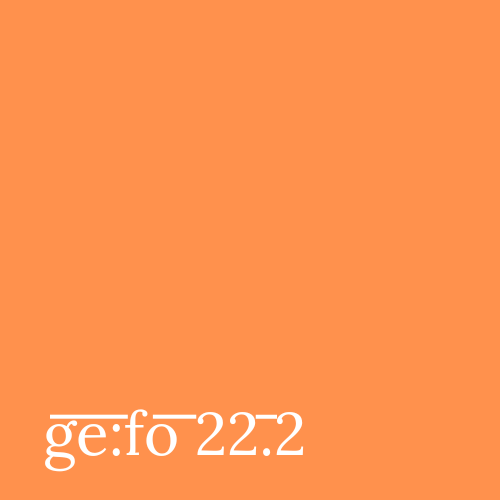Introduction: Gender, Age, and the New Media
DOI:
https://doi.org/10.18716/ojs/gefo/2023.2403Abstract
In lieu of an abstract, here is the first paragraph of the introduction:
When people speak of “the digital divide,” they usually refer to the ways in which the use of information and communication technologies differs between groups so that “the gap that exists between individuals advantaged by the internet and those individuals relatively disadvantaged by the internet” (Rogers 96). It is important to understand that the digital divide cannot only be linked to the availability of resources; rather, Cecilia Castaño argues that “the crucial factor is the ability of each individual to use innovations in function of their specific needs and interests” (Castaño). The significance of who uses the opportunities of the digital realm, the gap in knowledge, and the differences in who accesses the internet and who does not are also commonly associated with differences in chronological age. For this reason, the digital divide has, among others, been framed as a “grey digital divide” (Mubarak and Suomi 1), which indicates that it is predominantly the younger generations who actively use the so-called “new media.” Data on social media, too, caters to a reading of the new media as being primarily used by younger people given that, in 2021, 84% of people aged 18-29 said they used at least one social media site, compared to 45% of people aged 65 and older (“Social Media Fact Sheet”). Accordingly, the understanding that older people are incapable to properly engage with the new media is common—considering, for instance, the subreddit /r/oldpeoplefacebook/ which is dedicated to sharing the misadventures of older family members in the digital realm (“Cracker Bargle”).



